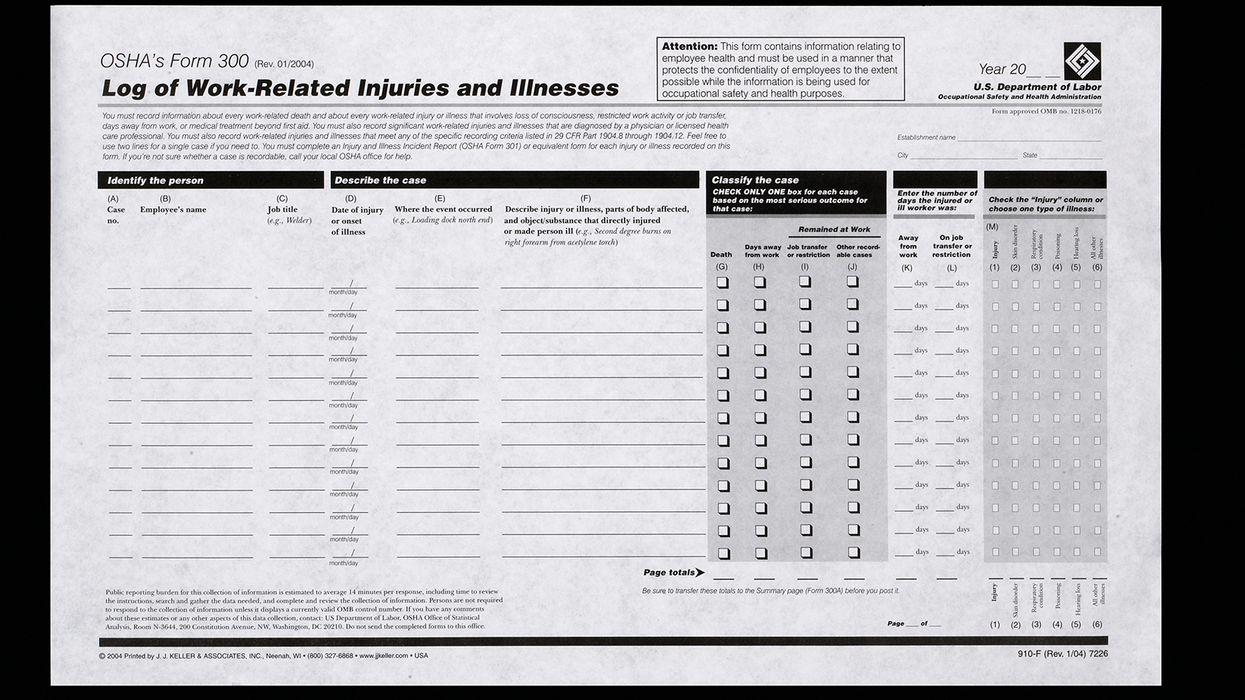Connect the dots from mental health to inclusion to productivity
The average delay between onset of mental illness symptoms and treatment is 11 years — a long time for someone to be “struggling in silence,” notes Meg Delp of the National Alliance on Mental Illness (NAMI).
This statistic was shared by Delp director of Workplace Mental Health at NAMI, during the Society for Human Resource Management (SHRM) INCLUSION 2023 conference.
“We know,” she added, “that the longer someone goes untreated the worse they usually feel about themselves and the world, and the more isolated they feel. If we could make that go from 11 years to 11 days, that would be great.”
Delp was joined by Anabel Cloutier-Perez clinical manager over The Hartford’s behavioral health department to present a session called “Inclusive Mental Health Strategies: The DEI and Mental Health Connection.”
Because people spend so much of their time at work, Delp said it would be “amazing” for people to have mental health resources at work. But to help workers, employers must first understand their population at work and what they might be struggling with.
“Mental health concerns change by industry, as well as population,” Delp said.
Cloutier-Perez added that mental health “profoundly impacts” productivity, and people want to work for a company that prioritizes mental health.
The intersection of DEI and mental health
Inclusivity, Delp said, helps make a workplace a safe place to talk about mental health. Specifically, mental health at work is a Diversity, Equity, and Inclusion (DEI) issue because various aspects of identity can affect mental health at work, such as age, race, gender, and religious beliefs.
The presenters shared these statistics:
- 41 percent of LGBTQ+ workers say their mental health is affected by current events and news.
- 41 percent of Gen Z workers are more likely than other generations to say stigma prevents them from seeking mental health care.
- Only 38 percent of Black workers say their companies’ leadership is empathetic and takes a genuine interest in employees’ lives, and
- Only 32 percent of Hispanic/Latino workers say they would be comfortable talking with coworkers about mental health.
Strategies for employers
The presenters shared these strategies for improving mental health in the workplace.
- Enlist senior leaders to lead company initiatives to dispel stigma and normalize talking about mental health.
- Provide company-wide mental health education, particularly for managers.
- Create or sustain employee resource groups (ERG) that are safe, accepting spaces.
- Consider additional mental health resources for employees’ families.
- Communicate about benefits and mental health resources year-round.
- Share resources provided by local organizations and nonprofits, such as NAMI.
After their presentation, an audience member powerfully reiterated the need for educating all employees and managers about mental health issues.
“I have depression and anxiety,” he said. “I see my therapist once a week, but if I’m in crisis, it’s going to be the people around me who save my life.”
Key to remember: Employees who believe their employer cares about their mental health and know how to access the mental health care resources available to them feel more included at work, which can have a positive impact on productivity.

































































